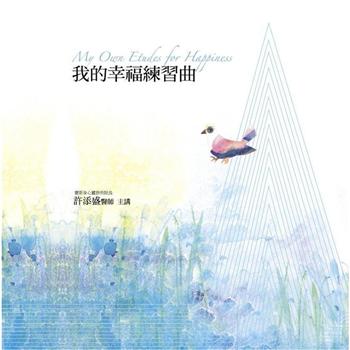The first part of the long-awaited fourth volume of André Wink’s monumental Al-Hind: The Making of the Indo-Islamic World introduces a new perspective on the rise of the dynasty of the Great Mughals and the transition of the Indo-Islamic world from the medieval to the early modern centuries.
Eschewing the conventional military and technological explanations, the book adopts an institutional explanation that emphasizes the Central and Inner Asian post-nomadic heritage of the dynasty and, in the context of persistent rivalry with the Indo-Afghans, its successful politics of incorporation and accommodation of Muslim and non-Muslim constituencies alike.
| FindBook |
有 1 項符合
Al-Hind: The Making of the Indo-Islamic World: Volume IV: Age of the Great Mughals, 16th-17th Centuries. Part One: Afghans and Mughals in the Struggle的圖書 |
 |
Al-Hind: The Making of the Indo-Islamic World: Volume IV: Age of the Great Mughals, 16th-17th Centuries. Part One: Afghans and Mughals in the Struggle 作者:Wink 出版社:Brill 出版日期:2024-04-24 語言:英文 規格:精裝 / 350頁 / 普通級/ 初版 |
| 圖書館借閱 |
| 國家圖書館 | 全國圖書書目資訊網 | 國立公共資訊圖書館 | 電子書服務平台 | MetaCat 跨館整合查詢 |
| 臺北市立圖書館 | 新北市立圖書館 | 基隆市公共圖書館 | 桃園市立圖書館 | 新竹縣公共圖書館 |
| 苗栗縣立圖書館 | 臺中市立圖書館 | 彰化縣公共圖書館 | 南投縣文化局 | 雲林縣公共圖書館 |
| 嘉義縣圖書館 | 臺南市立圖書館 | 高雄市立圖書館 | 屏東縣公共圖書館 | 宜蘭縣公共圖書館 |
| 花蓮縣文化局 | 臺東縣文化處 |
|
|
圖書介紹 - 資料來源:博客來 評分:
圖書名稱:Al-Hind: The Making of the Indo-Islamic World: Volume IV: Age of the Great Mughals, 16th-17th Centuries. Part One: Afghans and Mughals in the Struggle
內容簡介
|







![塔木德:猶太人的致富聖經[修訂版]:1000多年來帶領猶太人快速累積財富的神祕經典 塔木德:猶太人的致富聖經[修訂版]:1000多年來帶領猶太人快速累積財富的神祕經典](https://media.taaze.tw/showLargeImage.html?sc=11100697818)



